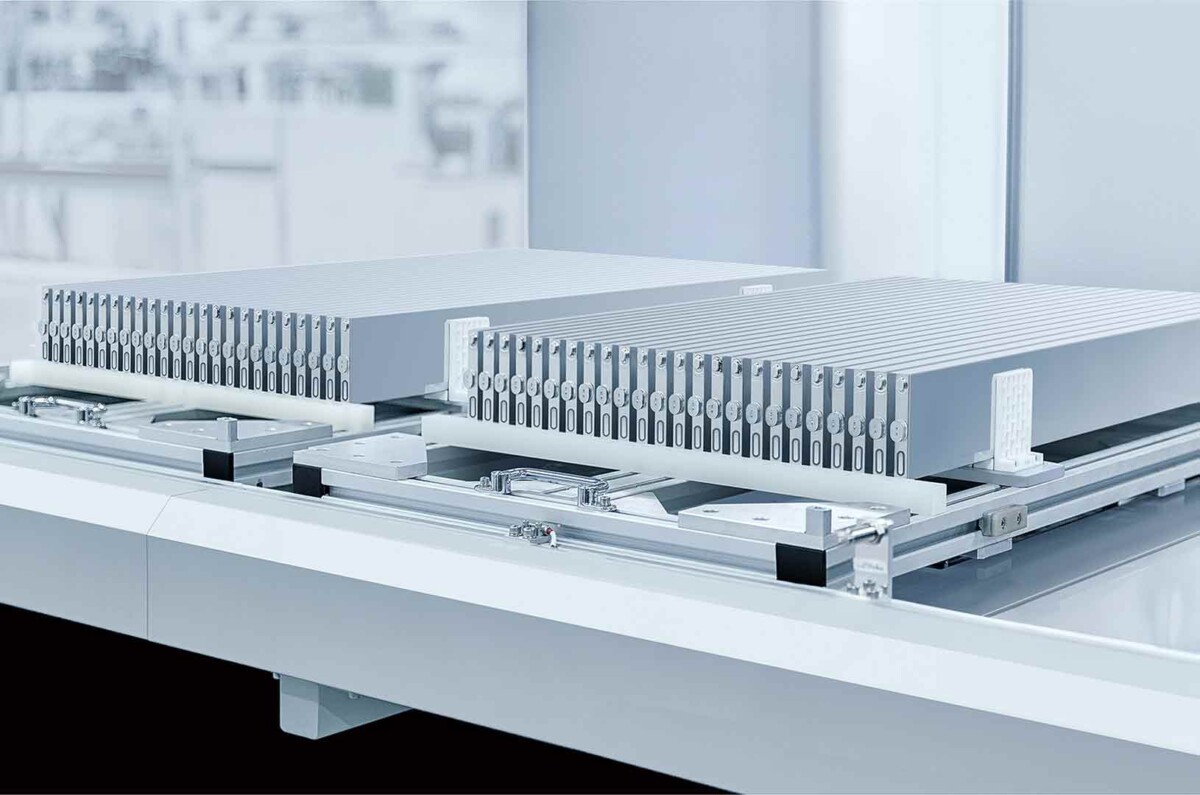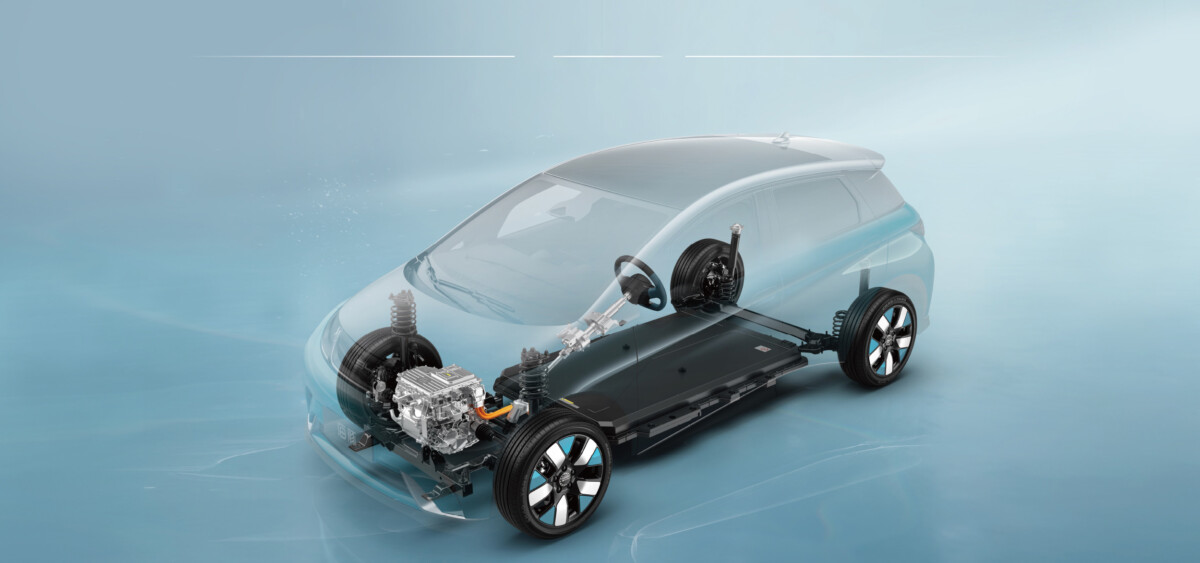If we know BYD for its fight with Tesla to become the world number one in electric cars, the brand also happens to be one of the largest suppliers of batteries on the market. It has also just signed a partnership with BorgWarner, a huge automotive supplier, so that it can manufacture these itself. Among his clients? Ford, but also Stellantis, which owns Peugeot, Citroën, Fiat and Jeep among others. Here’s what it could change.
BYD? It is a brand that is still relatively little known in France, but which made the headlines at the end of 2023, where it stole the place as world number one in electric cars from Tesla. BYD is also one of the largest battery suppliers in the world, even going so far as to supply… Tesla, and its Model Y manufactured in Berlin. A remarkable battery, which surprises with its lightning charging times.
The Chinese brand does not stop there, since its subsidiary FinDreams, dedicated to batteries, has just signed a partnership with BorgWarner, a huge automotive equipment manufacturer. What is interesting is that the latter has quite an address book, since it supplies Ford, General Motors, but also Stellantis, the sprawling group which owns, among others, Peugeot, Citroën, Fiat, Jeep and Opel .
Very concrete benefits
In detail, this eight-year partnership therefore concerns BYD’s “in-house” LFP (lithium – iron – phosphate) batteries, the famous Blade. BYD will ship the cells to BorgWarner, which will manufacture the entire packs itself in its factories – a first for this technology.

Beneficiaries ? Class 3 utility vehicles and above; This includes two-axle vehicles whose height exceeds 3 meters or whose GVW exceeds 3.5 tonnes, such as heavy goods vehicles or coaches. This clearly does not concern passenger cars.
These batteries will be manufactured and used in electric vehicles in Europe, the American continent and parts of Asia. But what is this Blade technology?
A remarkable battery
So let’s talk about this battery, with many advantages. As we saw with the Model Y at the start of the article, this technology allows very fast recharging – even if it is still restricted on current models. And it does not stop there.
Its lamella structure makes it safer, avoiding any fire in the event of a problem. And since it is an LFP chemistry, it benefits from the other advantages of this family of lithium-ion batteries; understand by this, increased resistance to cold, better lifespan and reduced production costs.

A perfect battery, then? Not necessarily, since its energy density is less than an NMC battery (nickel – manganese – cobalt, the other large family of lithium-ion batteries). At equivalent on-board energy, an LFP will therefore be heavier and more bulky than an NMC.
In short, good news for the electric heavy-duty industry, which still suffers from a lack of competitiveness compared to thermal equivalents. With a falling price and fast charging, there is no doubt that these 100% electric versions will become more interesting than currently.
Did you know ? Google News lets you choose your media. Don’t miss Frandroid and Numerama.
